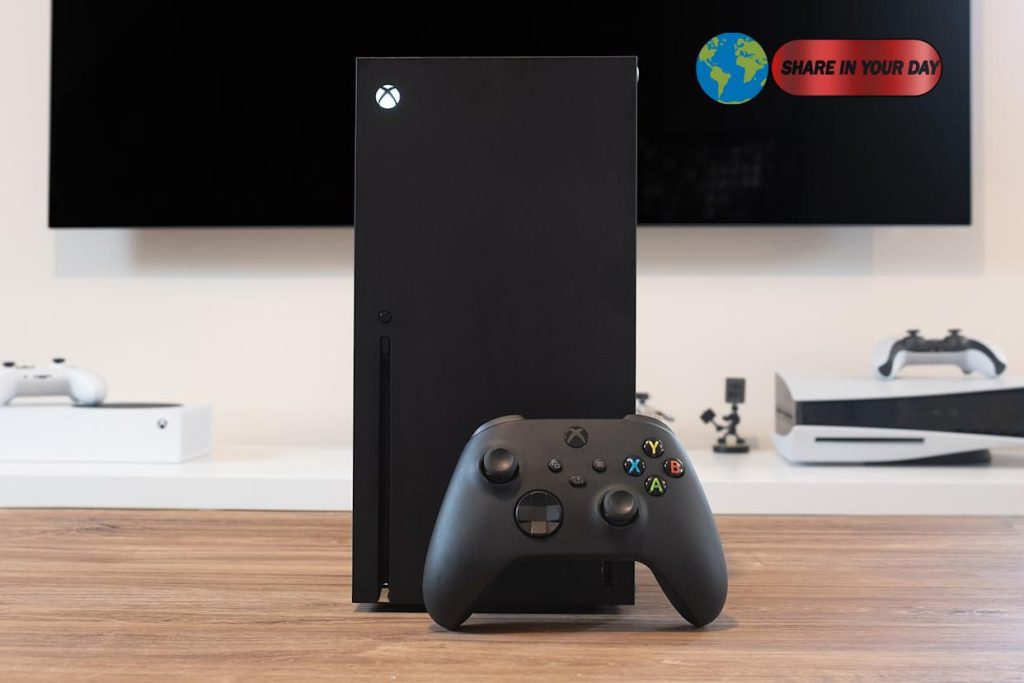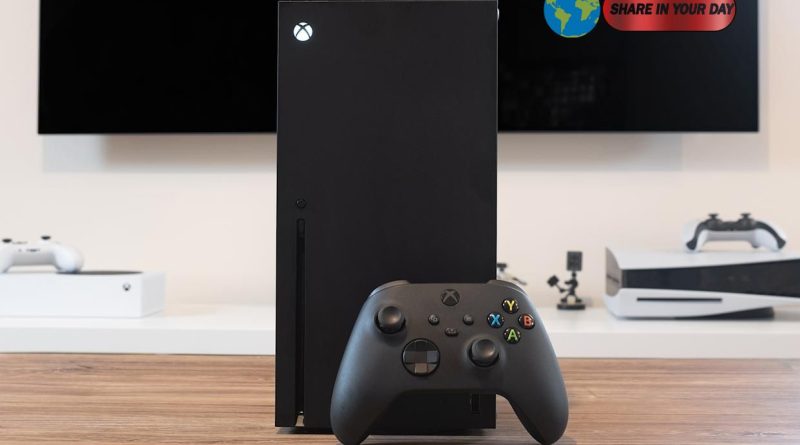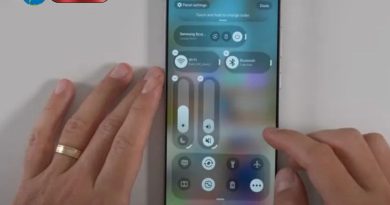Xbox Console Revenue Takes a Big Hit
In its financial update for the quarter ending September 30, 2025, Microsoft revealed that its gaming-hardware business under the Xbox banner saw revenue fall by approximately 30 percent year-over-year.

Interestingly, this decline in hardware suffered before the price hike for consoles (which took effect October 3) and the subscription price increase for Game Pass Ultimate in October.
On the flip side, the content & services segment (including subscriptions like Xbox Game Pass and third-party titles) remained largely flat — seeing only modest growth, which was offset by declines in first-party content.
Despite the weakness in the Xbox hardware line, Microsoft overall reported strong company-wide performance: total revenue rose around 17 percent to roughly $77.7 billion.
What’s Behind the Drop?
Here are some of the likely contributing factors:
- Console market maturity & cycle: With the current generation (Xbox Series X and Xbox Series S) now several years in, hardware sales often taper off unless there’s a major refresh or strong bundle push.
- Price sensitivity + economic headwinds: Even before the price hike, consumers may have pulled back on hardware purchases given broader economic conditions and fewer big incentives.
- Competitive pressures: The console space remains highly competitive, with alternate platforms (including PC and mobile) eating into market share and attention.
- Shift to services: Microsoft has been signalling that its emphasis is moving more to services, subscriptions, cloud and multiplatform play rather than relying purely on console hardware for growth.
- First-party game output: The report notes that while third-party content and subscriptions helped, a decline in first-party game releases weighed on the content side.
Why This Matters
- For Microsoft, the hardware slump highlights that the console itself may no longer be the primary growth engine in the gaming division.
- It emphasises the rising importance of eco-system plays — subscriptions, cloud streaming, services beyond hardware.
- For gamers and industry watchers, it may signal that future Xbox hardware launches (when they arrive) could face lower expectations or be structured differently (e.g., hybrid devices, cloud-native hardware).
- It puts pressure on Microsoft’s gaming arm to deliver strong software, services and cross-platform offerings to offset hardware declines.
- Investors will likely scrutinise how the company plans to turn around hardware growth, or whether it simply embraces a services-first model.
What’s Next for Xbox?
- A focus on subscriptions and services: With hardware declining, Microsoft is likely doubling down on Game Pass, cloud gaming and content licensing.
- Preparing for the next hardware generation: While not confirmed in detail, Microsoft may rethink how it approaches consoles — maybe leaner devices, more integration with PC/cloud.
- Cost and studio rationalisation: The decline in hardware revenue could lead to tighter control on development budgets, and prioritisation of fewer but bigger titles.
- More cross-platform titles: To maximise reach beyond just Xbox consoles, Microsoft may emphasise games that also run on PC, cloud, or other platforms.
- Monitoring pricing strategy: Since the drop occurred ahead of price increases, Microsoft will want to see how the market responds post-hike and whether unit declines accelerate or stabilise.




